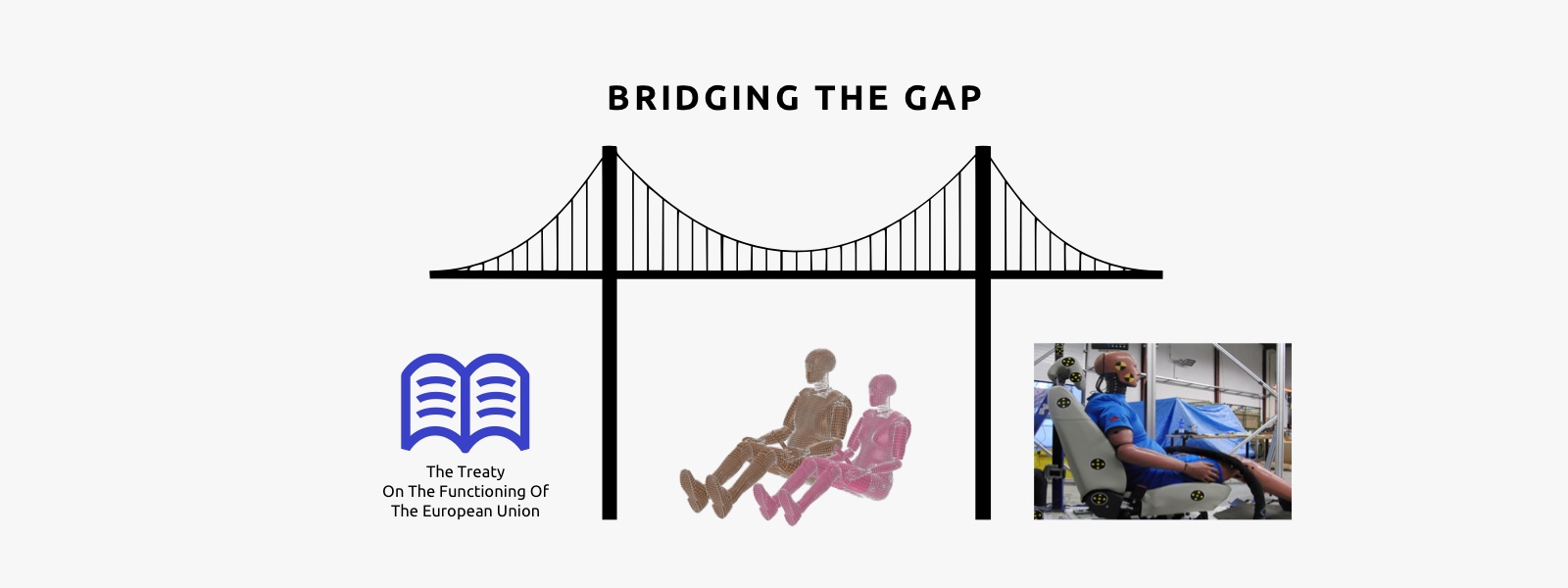Earlier this week Discover Magazine published an article on female models in crash tests, for which also Astrid Linder was interviewed. Some highlights:
Major safety rating systems used around the world don’t use an updated representation of an average female in their tests for car safety. In fact, they don’t even put a female dummy in the drivers’ seat for most crash tests in the US. This has major implications for the safety of women driving cars — and it’s likely many women don’t even know that the car they’re driving hasn’t been crash tested with a dummy that resembles them. Better female models in crash tests are being called for, and some are on the way. But the process of making cars safer for female drivers is complicated.
Except for minor differences, most car requirements around the world call for similar test procedures — but none of them use a dummy that represents an average female. “We need a reality check,” says Astrid Linder, an engineer, researcher, director of traffic safety at Swedish National Road and Transport Research Institute, and a professor at Chalmers University. Linder has been a leader in the push for accurate female crash-test modeling worldwide for years. “And that reality consists of females and males — therefore we need representations of females and males in our tests.”
Linder has worked with other European researchers to develop EvaRID, the first average female model. EvaRID is a virtual model of a dummy, and she’s meant for low-severity, rear-impact crash testing to prevent whiplash, another disproportionate problem for female drivers. Virtual modeling doesn’t always yield results that are as concrete as physical tests, but it allows much more flexibility in simulating car crashes with varying body types.
EvaRID weighs as much as an average female, has corresponding weight distribution, geometry, and even an approximation of muscle strength in the neck to model whiplash injuries. Linder says that because this model wasn’t as widely used as she had hoped, she is working on another initiative to develop a virtual model of actual humans rather than dummies. A version of the new ViVA+ virtual average female model is open source and will be available this year. Linder says there has been broad interest from around the world.
To Linder, however, it’s quite simple: “What should already have happened, and what should happen very soon, is that society is clear that men and women are equally important.”

